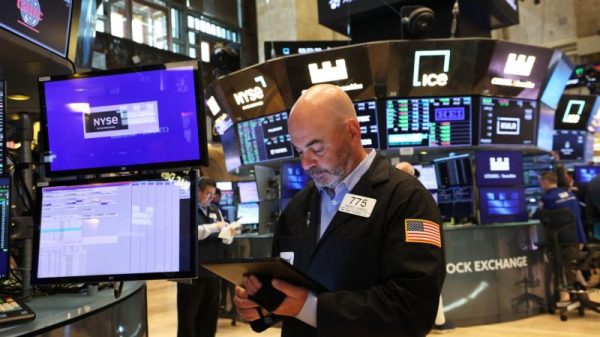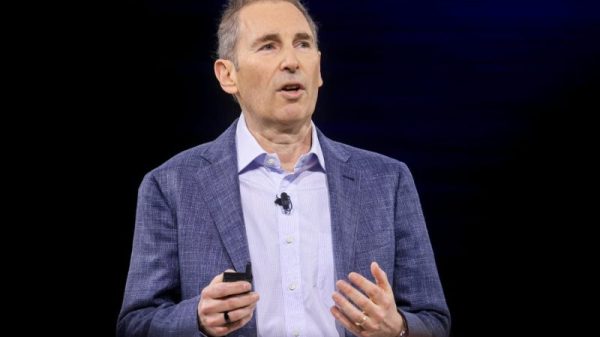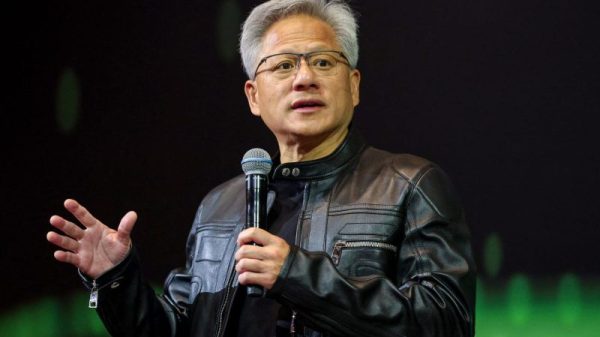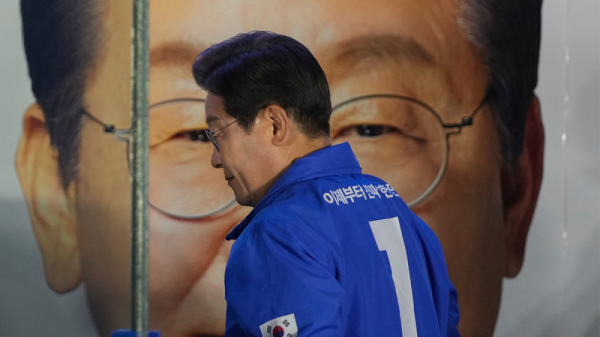There’s a reason that Google became one of the world’s largest companies: Its search engine was very good at sending people to other sites.
Those too young to remember the era would find it hard to believe how terrible internet search was in pre-Google times. In the very early days, when there weren’t that many websites at all, curated lists of sites were produced by companies like Yahoo. Then came attempts at mechanically indexing sites, like AltaVista, but those were easily gamed. Then came Google, which figured out that it could use websites’ links to one another to create a metric of importance that then informed its search results. Looking for information about cars? Well, this website about cars is linked by more sites than any other and has the most people vouching for it — so it goes at the top of the list.
This is obviously an oversimplification, but the central point remains important. Google built a business around getting people off its site. The company grew and branched out, but I suspect you still use that core tool regularly, if not daily. It was perhaps the best encapsulation of a mantra I first heard from web pioneer Dave Winer: The more you send people away, the more they come back.
The more you point out what’s interesting on the internet, the more people will come back to find more interesting things. Google’s algorithm did that well. And so, once upon a time, did Twitter.
When it was first created, Twitter was simply a means of sharing little updates with your friends, pushed out by text message. But it turned out that building a simple wire-service-style broadcast mechanism had broad use for information-sharing more broadly. You could write jokes or observations or describe things out in the world and watch as the site’s Google-like system of seeing what other people vouch for drew more and more attention to it. Twitter became very good at showing users interesting things both on the site and elsewhere, drawing people back to it and to the conversation about those things.
For news organizations and consumers, Twitter was particularly useful. You could see what stories were being covered and how. You could watch as events occurred in real-time, thanks to people on the ground who were seeing what was unfolding. And you could share stories you found interesting, sending other users away only for them to come back and see what new news was emerging.
Elon Musk didn’t like that part of it. He doesn’t like reporters very much, given their mandate to test or challenge his claims and report accurate, unflattering information about him and his companies. His perception of the media industry and Twitter was poisoned by his slide into right-wing ideologies. He shared complaints about Twitter and other social media companies that arose as the sites tried to curtail abuse and misinformation: They were policing thought and inhibiting his and other voices.
He tried to pressure Twitter using his wealth. Then, after backing himself into a corner, he bought the company.
Musk didn’t really want Twitter. That is, he didn’t want the site as it was, the tool that hundreds of millions of people had signed up for and installed on their phones. He didn’t like that tool! But he did like those millions of users, so he decided to gut the company and build a new one on that user base. This was a complete overhaul, down to jettisoning the Twitter brand, the word “tweet” and the bird icon in favor of a clunky, corny “X” glyph.
One of the first indicators that Musk didn’t appreciate the sharing aspect of Twitter was his decapitation of the verification system. Twitter implemented verification so that you would know the celebrity with whom you were chatting was that celebrity or so that you’d see a news report about an event and know it came from that news source. But Musk disliked pretty much everyone with a check mark, either because they were hated members of the media or celebrities far more popular than him. So he made check marks available to anyone, promising, among other things, that their comments would be elevated in user timelines.
Right there, you see how the system breaks. If you use X with regularity, you’ve seen this in practice, but we can spell it out. The tool was built to allow content quality to drive interest. Twitter did put its thumb on the scale algorithmically, including doing things like cutting off misinformation or hate speech, just as Google filters its results. But this process proved effective at elevating things of interest to more people. With the change to verification, though, users who pony up are artificially boosted. And since users who were unable to build audiences before paying for verification are almost definitionally ones who have less interesting things to say, the conversation on X eroded quickly.
This week, Axios reported that traffic from X to news sites had plunged in recent months, certainly in part because people who used Twitter for surfacing interesting news are less likely to use the tool (since it’s worse at doing that) and people who are using X more aren’t using it for that purpose. In response to a post about that report, Musk offered a revealing insight into his understanding of the site.
“Our algorithm tries to optimize time spent on X, so links don’t get as much attention, because there is less time spent if people click away,” he wrote. “Best thing is to post content in long form on this platform.”
You can see how this makes sense to him: He wants people to stay on X, in part because he has this vision of X becoming an app that basically replaces everything else on the internet: payment services, movie-watching, abusing left-wing activists, everything he finds useful. So he wants to keep people on X, instead of sending them away.
A change made this week to how news articles are displayed appears to be linked to this impulse. Now, articles show on the platform as a picture with a domain overlaid; headlines and summaries that used to accompany external links have been removed. Musk once claimed he planned to do this for aesthetic reasons — this from the creator of the Cybertruck. But it seems likely that the primary intent was to ensure that “links don’t get as much attention.” Give people less reason to find an article intriguing, and they won’t seek out more information.
His solution is frankly silly. “Best thing is to post content in long form on this platform,” he wrote. Sure, for the platform it’s the best thing. But it doesn’t do The Washington Post much good. What, we’ll get some random payout at some point, as many of his right-wing champions did a few months ago? Cool, thanks. It doesn’t hold much obvious appeal for others, either. Do you think the Republican Party will take Musk up on his offer to host a debate on Twitter … somehow, particularly after what happened to Florida Gov. Ron DeSantis in May?
Others, including Google and Yahoo, have tried to become the one-stop shop for everything on the internet, only to find that it doesn’t really work. There’s always going to be a tool that does some part of everything better, and some people will move over there. People are going to watch movies on their TVs, not on X. People are going to send cash through their bank apps, not Musk’s website.
If you make X more useful for what people want, they will use X more. Maybe not for unbroken blocks of time, maybe they won’t sit there and scroll through posts and comment “” or “Interesting” two dozen times a day. But they’ll end up coming back to the site because it does a better job of giving them what they want, even if it’s not on X itself. Again: You don’t go to Google to enjoy the Google interface, but you go to Google a lot.
But Musk doesn’t really see value in actual reported news.
“I almost never read legacy news anymore,” Musk wrote on Tuesday. “What’s the point of reading 1000 words about something that was already posted on 𝕏 several days ago?”
This is partly a troll, and I hesitate to take the bait. But it’s also partly something he actually thinks, that the cloistered world he has rebuilt from the detritus of Twitter is a truer reflection of reality than news organizations trying to give readers an objective sense of what’s unfolding in the world.
X gives Musk everything he ever wanted: attention, praise, sycophancy, nonsense presented as news reporting, hostility to non-right-wing ideas or arguments, money. Who, he figures, could want anything more?







































